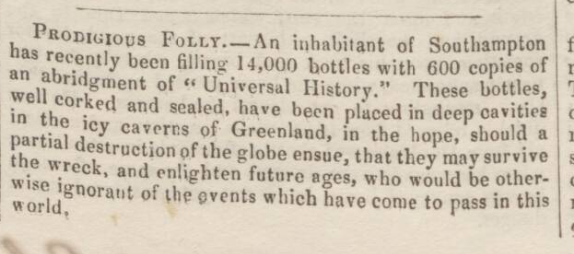
We often think of consciousness as fundamentally involving self-awareness. A conscious decision is one I’m aware of making; a conscious memory is one I’m aware of having. It would seem that most complex behaviors require this state. But philosopher David Malet Armstrong points out:
If you have driven for a very long distance without a break, you may have had experience of a curious state of automatism, which can occur in these conditions. One can suddenly ‘come to’ and realize that one has driven for long distances without being aware of what one was doing, or, indeed, without being aware of anything. One has kept the car on the road, used the brake and the clutch perhaps, yet all without any awareness of what one was doing.
What’s going on here? “The driver in a state of automatism perceives, or is aware of, the road. If he did not, the car would be in a ditch. But he is not currently aware of his awareness of the road. He perceives the road, but he does not perceive his perceiving, or anything else that is going on in his mind.” He is driving, it would seem, without conscious awareness of what he’s doing; we seem to be able to perform complex mental processes without conscious experience.
(From D.M. Armstrong, The Nature of Mind, 1981.)





